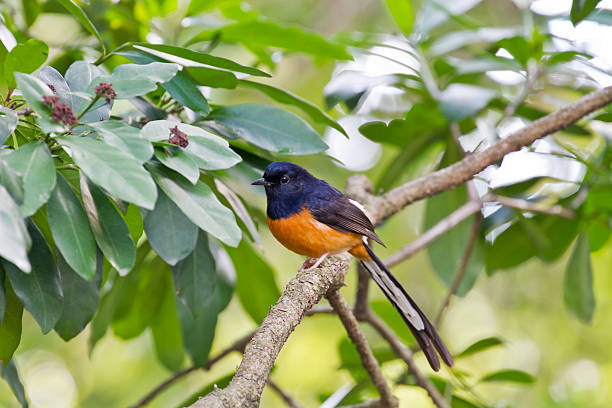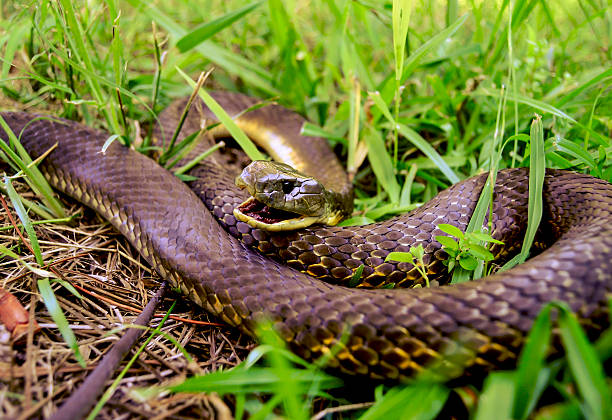SMALL BUT DREADFUL: MOST DANGEROUS ANIMALS IN THE WORLD
Great hive audience, the size of any objects do not determine their strength. Some objects may be big in size but weak in strength, likewise some animals. My focus here is on some small but poisonous animals around us. They produce venoms, toxins, poisons to defend themselves and incapacitate their prey. The nature has fortified them with great strength for survival.
Hooded Pitohui
These are species of bird in the genus Pitohui mostly found in New Guinea. It was long thought to be a whistler but is now known to be in the Old World oriole family. It is a medium-sized songbird with rich chestnut and black plumage. This species is one of the few known poisonous birds, containing a range of batrachotoxin compounds in its skin, feathers and other tissues. These toxins are thought to be derived from their diet, and may function both to deter predators and to protect the bird from parasites.
The toxic nature of this bird is well known to local hunters, who try to avoid them.
Tiger Snakes
Tiger snakes are a large and highly venomous snake of Southern Australia. It is the only snake species that is both venomous and poisonous. It produces toxin for its bite and also stores the poison it obtains from its toad prey in its skin. These snakes are often observed and locally well known by their banding, black and yellow colour like a tiger.
Pufferfish
Pufferfish is a family of primarily marine and estuarine fish of the order Tetraodontiformes.
The liver, the kidney and the spikes of pufferfish contain dangerous nerve toxins poisonous to humans. They are morphologically similar to the closely related porcupinefish, which have large external spines.
Rough-skinned newx
Rough-skinned newx.
The rough-skinned newt is a North American newt known for the strong toxin exuded from its skin. It is the most poisonous of the species of the salamanders. They hold enough tetrodotoxin in their flesh to kill most predators. It also produces strong smell as a warning.
Comb sea star
It is the most widespread species in the genus Astropecten, found throughout the Indo-Pacific region. Comb stars contains tetrodotoxin, a potent neurotoxin that causes paralysis and eventual death from respiratory failure.
Poison dart frog
Poison dart frog or poison arrow frog is the common name of a group of frogs in the family Dendrobatidae which are native to tropical Central and South America. These species are diurnal and often have brightly colored bodies. This bright coloration is correlated with the toxicity of the species, making them aposematic i.e warning predators that it is not fit to eat. Their poison is kept in their skin and affects anyone who touches or eats it.
Cane toad
The cane toad or marine toad, is a large, terrestrial true toad native to South and mainland Central America, but now also found in the Oceania and Caribbean islands. It has poison gland which produces bufotoxin, one of the most poisonous toxins in the world. The toxin in their skin is so potent that it can kill a variety of animals particularly dogs.
The Hawksbill sea turtle
The hawksbill sea turtle is a critically endangered sea turtle belonging to the family Cheloniidae. It eats varieties of toxic algae, sponges and venomous cnidarians thus making anyone who eats its meat likely to suffer from marine turtle poisoning, nausea, vomiting, diarrhoea and other stomach complaints.
The striated surgeonfish
This is a species of marine fish in the family Acanthuridae. It accumulates toxins through its diet such as algae and tiny dinoflagellates which produces maitotoxin like food poisoning.
Source
Thanks for going through this. pastormike







